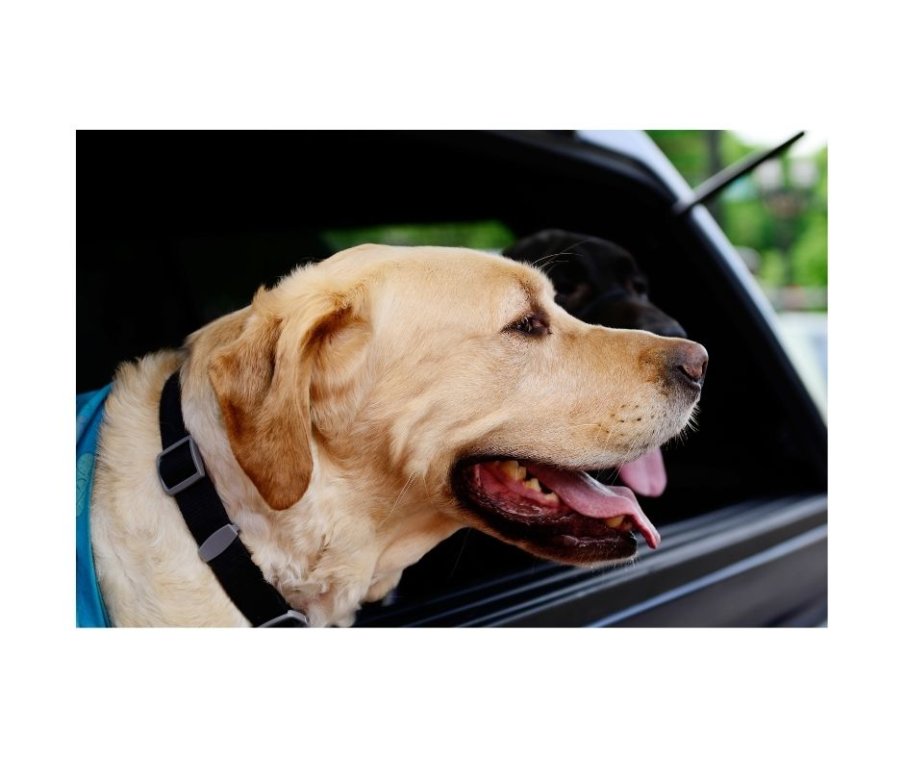Just as you put your baby or toddler in the car with a car seat, it’s important to keep your dog or cat safe whether you’re on a car ride, a trip to the veterinarian or a family vacation. January is a time when pet travel safety awareness is uppermost in our minds. Traveling can be stressful enough without worrying about your furry friend!
Here are some tips to make sure your trip is enjoyable for all:
- Make sure your pet is comfortable with car rides by taking short trips together to acclimate him/her to the car. Start out with short rides and gradually increase the length.
- Bring along all your pet’s important papers, including record of vaccinations.
- Cats travel well in carriers. Dogs can either travel in a car seat or a kennel. Both should be restrained with a seat belt in case of a sudden stop.
- Look into pheromone products for your dog that may have a calming effect. They mimic the scents of a nursing mother.
- Don’t let your dog or cat ride in your lap. An unsecured dog can become like a missile should you get in an accident or stop suddenly, causing serious injury—or death—to the dog and passengers in the car. Unsecured dogs can be a major distraction when driving and traffic is already hard enough, so use a seat belt or harness to secure your dog. Maine, Massachusetts, Minnesota, Connecticut, Hawaii, New Jersey, New Hampshire, and Rhode Island all require you dog to be restrained.
- Don’t let your pet ride in the front passenger seat. The weight of your animal, or your animal plus their carrier, will signal to the car that the airbag should deploy in the case of an accident. Some cars come with an on and off switch for the passenger air bag.
- Don’t let your dog travel in the bed of a pickup truck. According to the American Humane Society, approximately 100,000 dogs die every year from riding unsecured in a truck bed. It is illegal for dogs to ride in the bed of a truck in Maryland, Maine, Connecticut, New Hampshire, and California.
- Bring food, a bowl, leash, a waste scoop, plastic bags, grooming supplies, medication and a first-aid kit. Pack a favorite toy or pillow so it feels more like home.
- Microchip your pet. Even if you have the information on its collar, the collar can come off.
- Stop every 2 – 3 hours so the dog can stretch its legs. It’s good for the driver too!
And the last tip? Never, ever let your dog hang his head out of a wide-open window. A couple of inches is fine. But if the window is to9tally open, your dog could fall out, get hit by flying debris, or jump out of the car. All of these are dangerous!
By following these tips, you’ll create a safe and comfortable journey for everyone!

